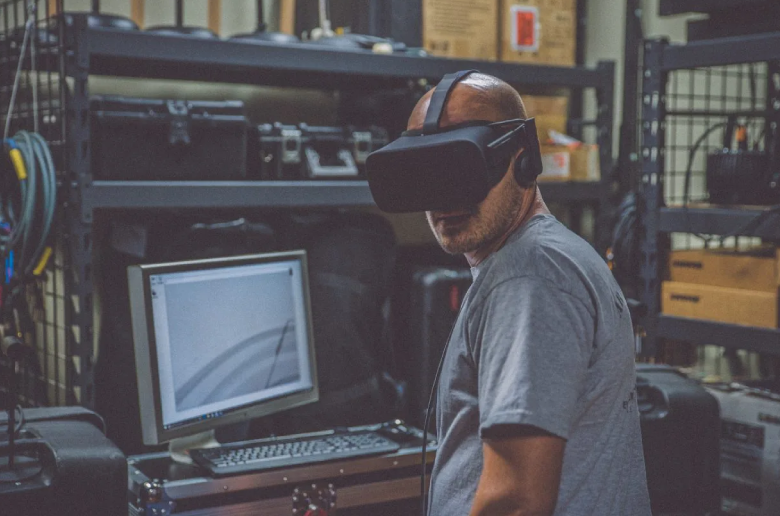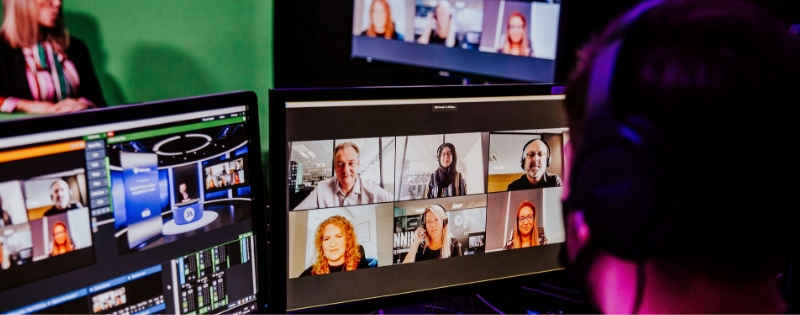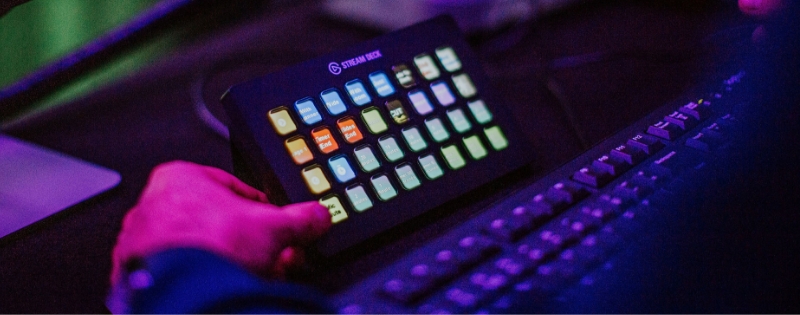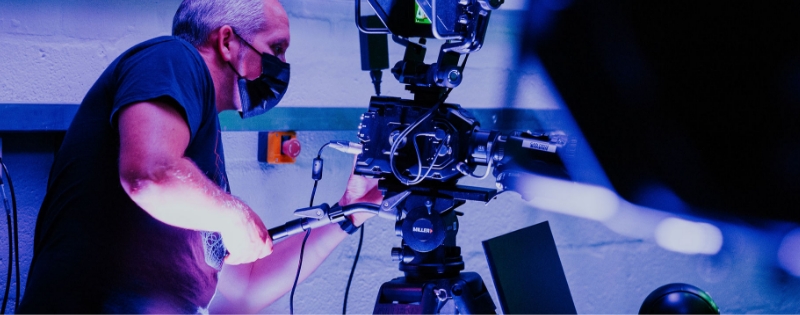In the world of technology, we often think of innovation as something that comes directly from an invention; a product or service that never previously existed previously, and forever changes how we live and work. At other times, innovation isn’t about creating something new, but finding a new use for something that already existed.
Radio Frequency Identification (RFID) is one such example from the latter category. This simple idea – that you can use radio waves to identify and transmit set data between a reading device and a transmitting tag – is not new. In fact, the modern version of the tags RFID relies upon today date back to the 1970s – and its forerunners reach even further back, to the Second World War.
However, in recent years, the tech has matured, with cost descending and use expanding accordingly. Nowadays, you could be looking to effectively time your weekend run or access an event – or track spectators or visitors around your own venue (as Disney have done).
Many of us use RFID every day, perhaps without realizing. The US, UK and many European countries are just some of the nations using RFID in their passports to efficiently cross borders. And most of us now use contactless cards, that also rely on RFID to make payments efficiently.
This is a transformative technology for the retail and supply chain sectors too. RFID’s ability to track customers gives businesses greater insight about where their customers are and what they are doing. By using products such as Simply RFID’s Wave handheld reader, businesses can update over 1,000 items of inventory in two minutes.
As Carl Brown, President of Simply RFID, said at a recent GDS Meet the Boss event:
“These tags now are 3 or 4 cents a tag and can fit pretty much anything. So almost every item will be tagged. It is serialized, meaning you can track for example not just a red jacket, but this particular red jacket, made on this date and time in this location.”
That depth of information will often make the difference between making a sale and not. It is unsurprising then that companies with a strong omnichannel strategy have been shown to achieve a 9.5% increase in annual revenue, according to Aberdeen Group.
GDS Group and Simply RFID are continuing their collaboration over the coming months in this space, facilitating discussions that will explore how this exciting technology can engage customers and clients more effectively.
To learn more about how GDS Group’s experiences can help you and your organization expand your insight and conquer your challenges, visit our events page.














